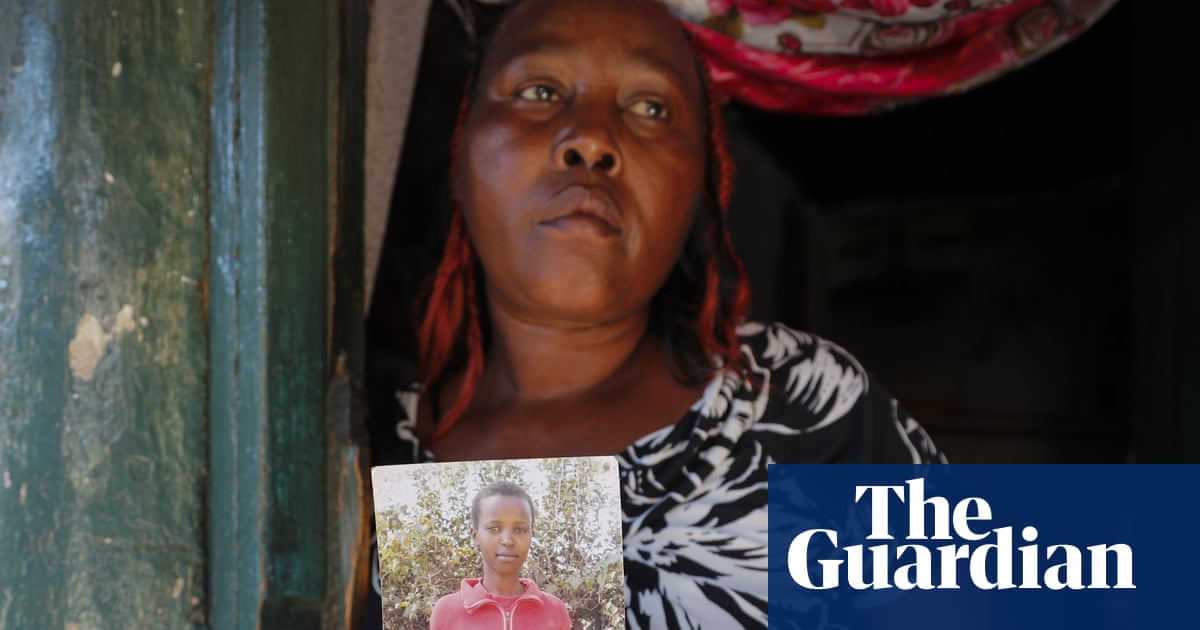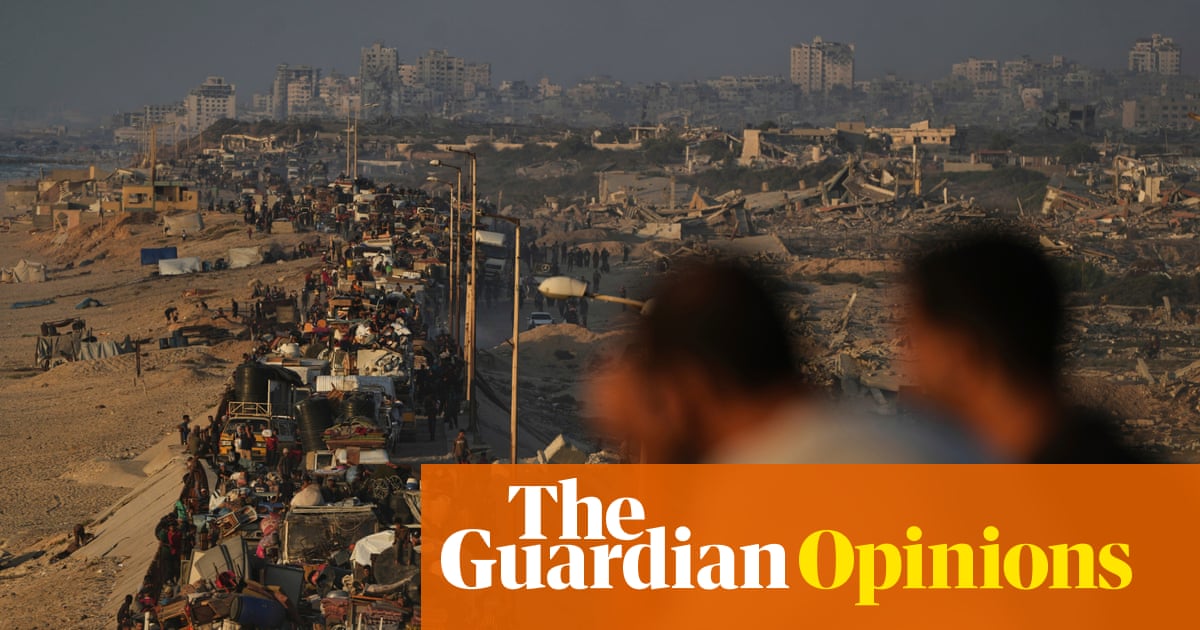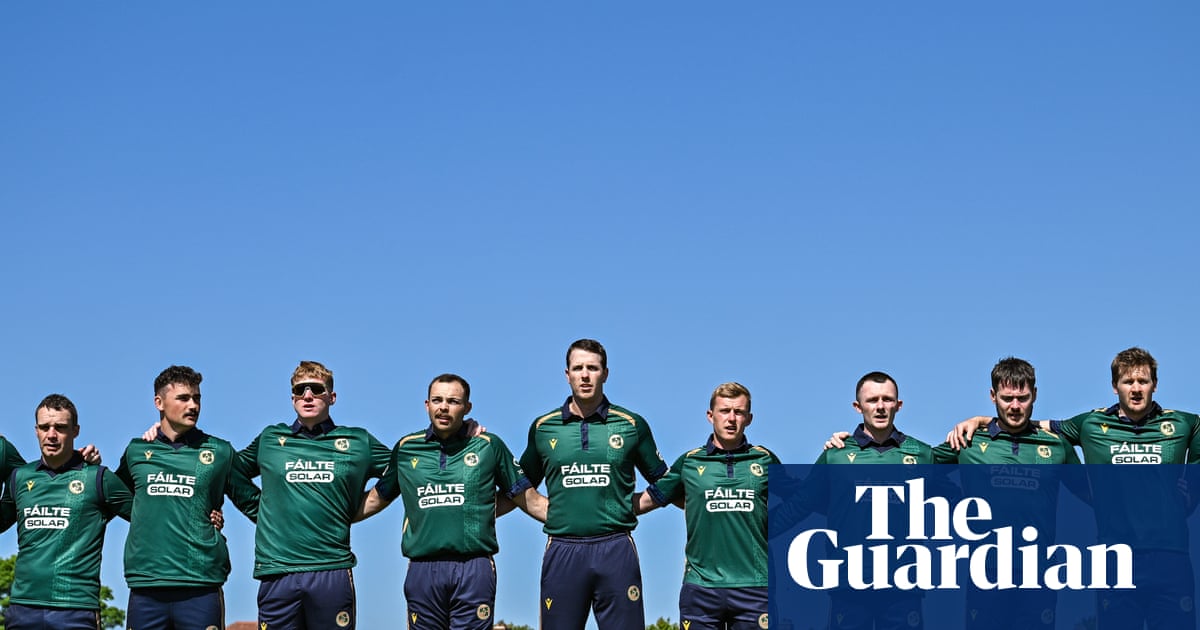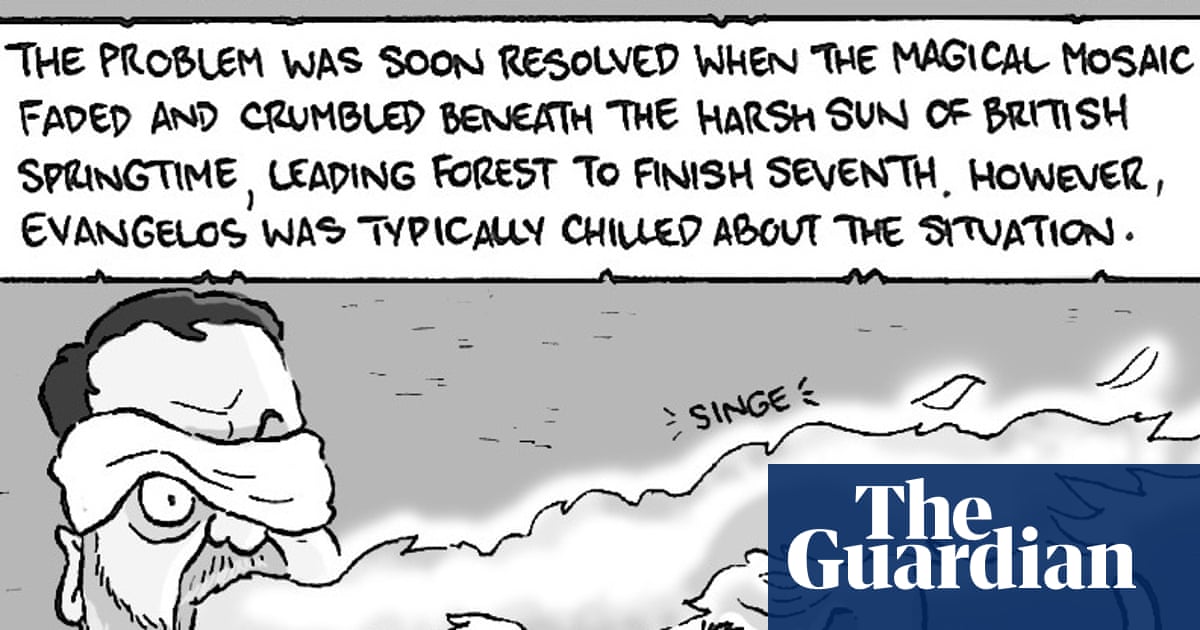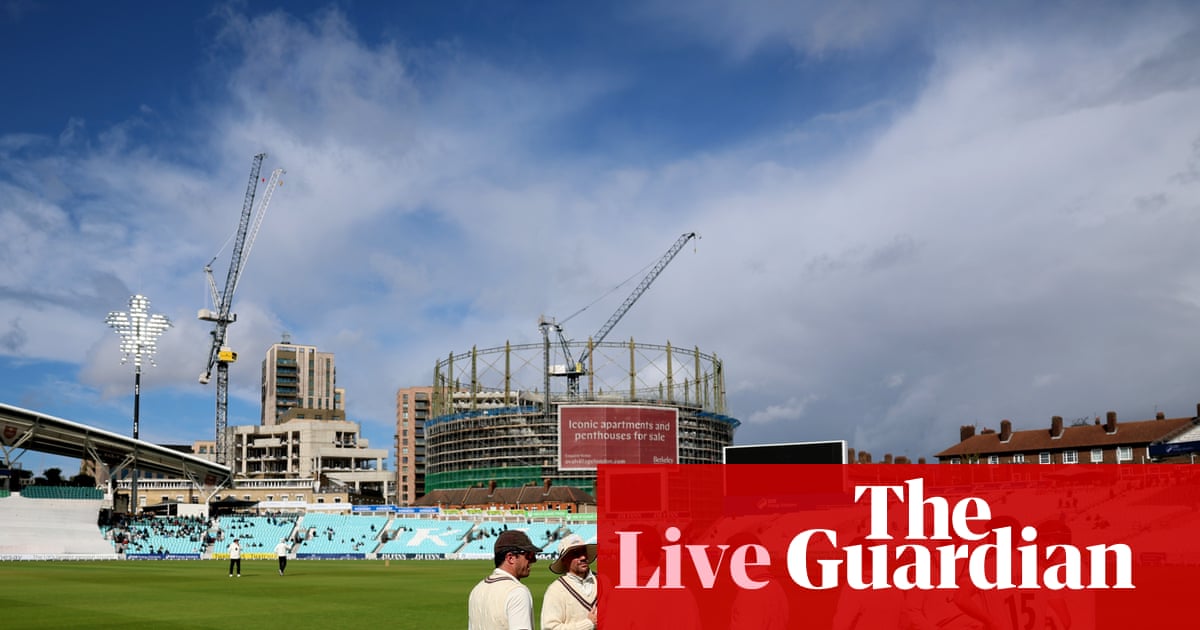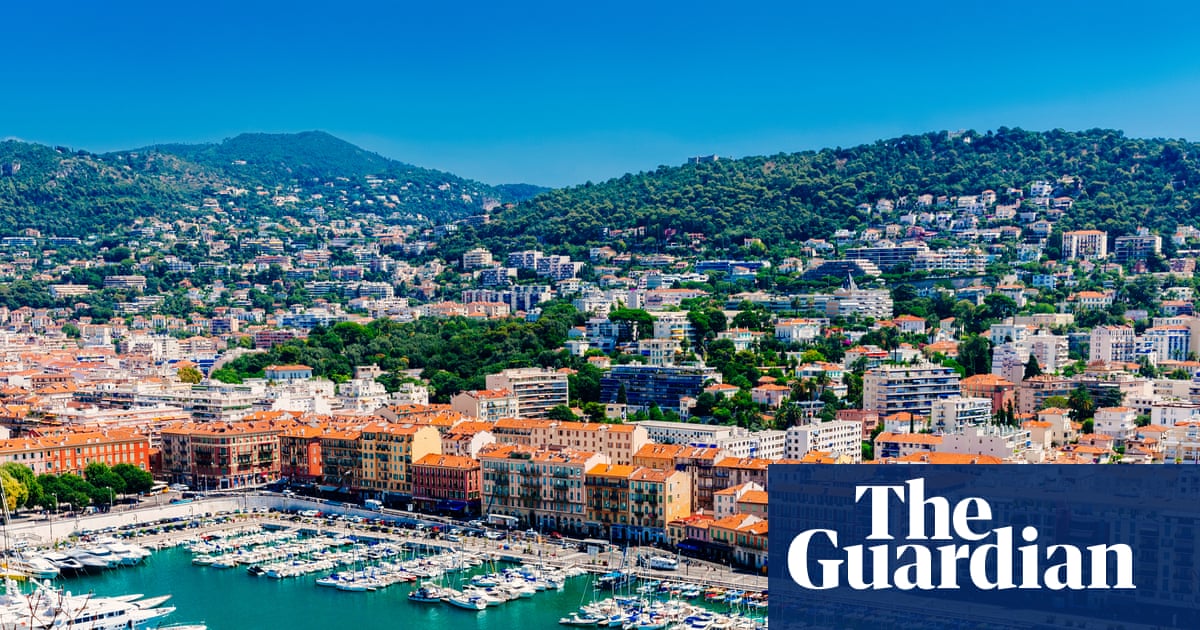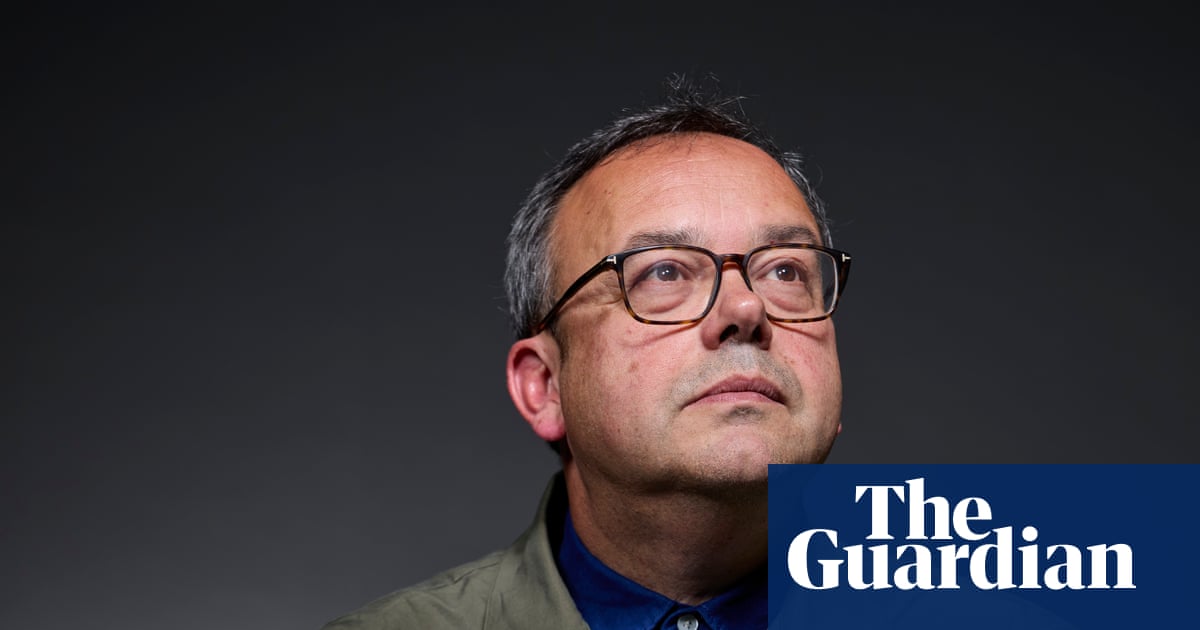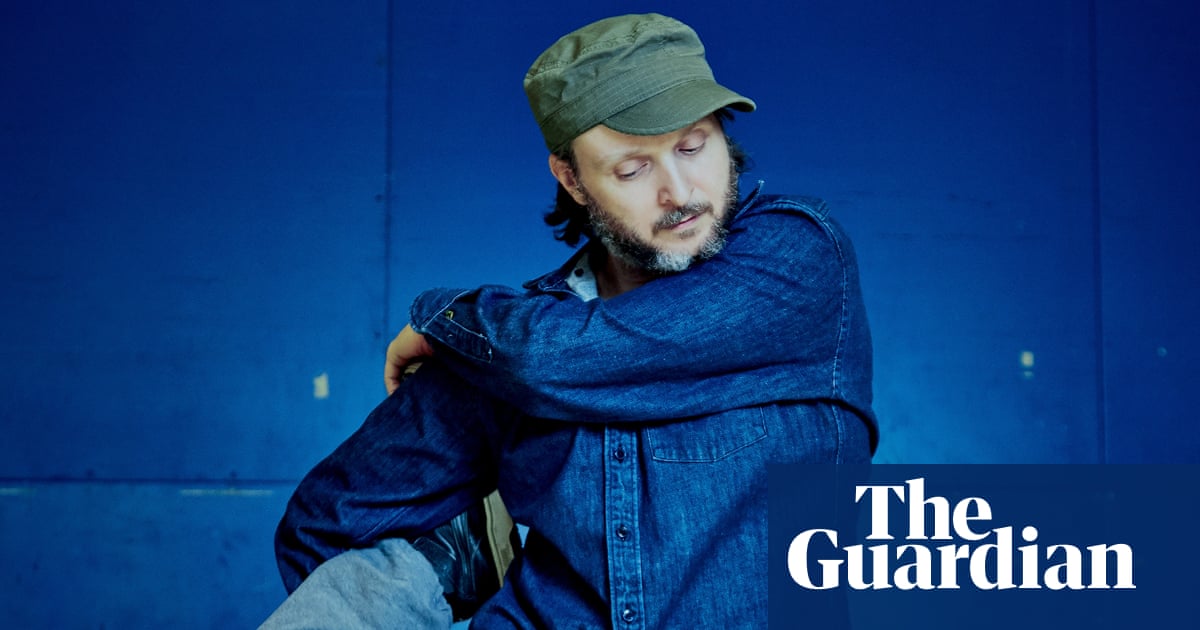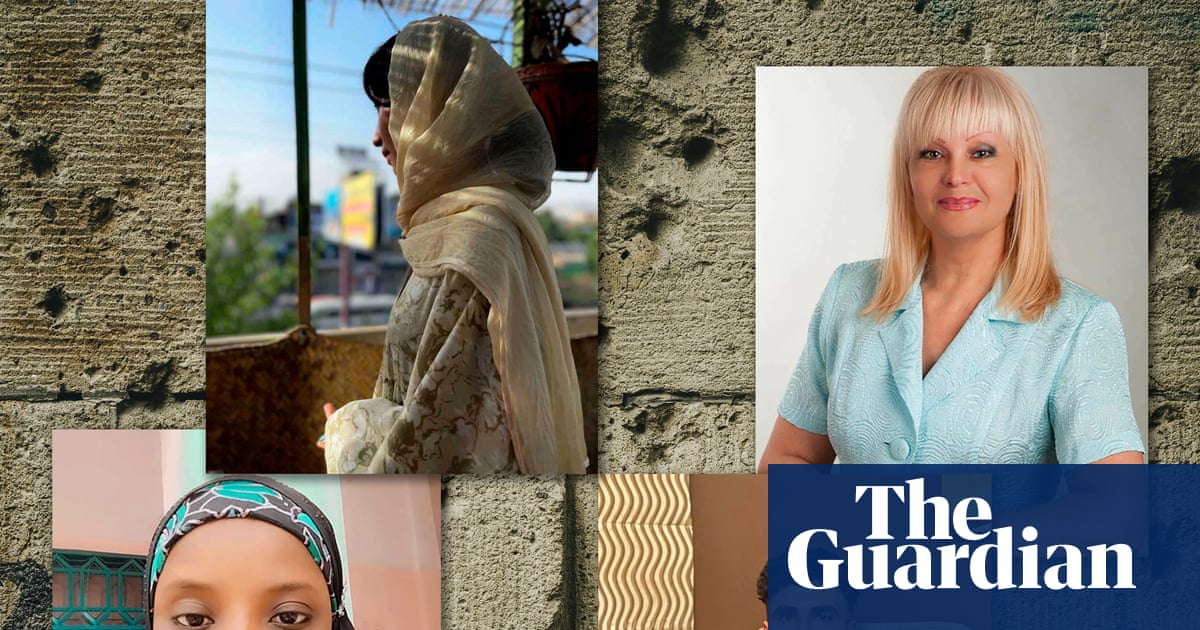It’s a testament to the epic career of Brazilian photographer Sebastião Salgado, who died this week at age 81, that this year has already seen exhibitions of hundreds of his photos in Mexico City, France and southern California. Salgado, who in his lifetime produced more than 500,000 images while meticulously documenting every continent on Earth and many of the major geopolitical events since the second world war, will be remembered as one of the world’s most prodigious and relentlessly empathetic chroniclers of the human condition.
An economist by training, Salgado only began photographing at age 29 after picking up the camera of his wife, Lélia. He began working as a photojournalist in the 1970s, quickly building an impressive reputation that led him to the prestigious Magnum Photos in 1979. He spent three decades photographing people in modern societies all over the world before stepping back in 2004 to initiate the seven-year Genesis project – there, he dedicated himself to untouched landscapes and pre-modern human communities, a project that would guide the remainder of his career. His late project Amazônia saw him spend nine years preparing a profound look into the terrain and people of the Amazon rainforest.
In 2014 the German director Wim Wenders teamed up with the photographer’s son Juliano Ribeiro Salgado to co-produce a documentary celebrating Salgado’s work titled The Salt of the Earth. While covering 40 years of Salgado’s creative output, the film also centers around his decision to temporarily abandon photography after witnessing firsthand the horrors of the Rwandan genocide. Amid that crisis he founded his Instituto Terra in 1998 – ultimately planting hundreds of thousands of trees in an effort to help reforest Brazil’s Rio Doce valley – and through his communion with the land slowly pieced his way back to photography.
Salgado tirelessly, and probably also recklessly, threw himself into his work – while documenting Mozambique’s civil war in 1974 he ran afoul of a landmine, and later, in Indonesia in the 1990s, he caught malaria, leading to ongoing medical issues for the remainder of his life. He spent nearly two months walking Arctic Russia with the Indigenous Nenets, encountering temperatures as cold as -45C, and he also recounted walking nearly 1,000km through Ethiopia because of the lack of roads. Late in life, Salgado was forced to have a surgical implant in order to retain use of his knee in the course of making his Amazônia project.
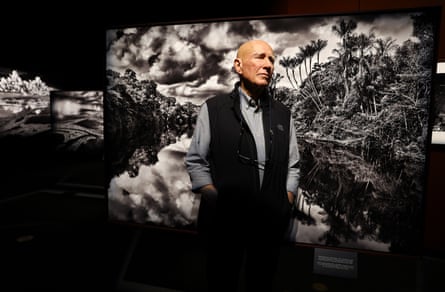
His biblical landscapes are often taken from thousands of feet in the air – one imagines him leaning out of a helicopter, angling for the perfect framing. He was known for utilizing virtually every mode of conveyance available in pursuit of the new and unseen – car, truck, ship, helicopter, plane, even canoe, hot-air balloon, Amazon riverboat and others.
Prints of Salgado’s work – always black and white, and generally printed at a dazzlingly high contrast – were as sizable as his ambitious, landing as overwhelming presences in galleries and museums. He was known for blacks that were as inky as they come, and his landscapes also show a remarkable obsession with rays of light shining through rainclouds, around mountains and off water. He loved the graininess that came from film – so much so, that when he finally traded in his trusty Leica for a digital camera, he often digitally manipulated his images to bring in a grain reminiscent of real film.
For as much as Salgado was a photographer of extremes, he could also do tonal nuance – many of his landscapes are only capable of capturing their terrain’s immensity due to his careful use of mid-tones, and Salgado’s human portraiture often abandoned the high contrast for a rich subtlety.
No matter how enormous his subjects were, he always retained a remarkable human touch. When photographing Brazil’s Serra Pelada goldmine he made images showing the workers as thousands of ants scrambling up perilously sheer walls of dirt, yet also captured indelible expressions of effort and pride on the faces of individual, mud-soaked laborers. His image of the Churchgate train station in Bombay, India, shows thousands of commuters in motion, looking like a literal flood of humanity surging around two waiting trains. One snap of a firefighter in Kuwait working to cap the oilwells that Saddam Hussein set ablaze shows a man hunched over in a posture of utter exhaustion, one of countless examples of Salgado’s incredible ability to limn the human form via film.
Given everything that Salgado shot over his incredible six decades of work, it’s hard to imagine what else he could have done. Upon turning 80 last year, he had declared his decision to step back from photography in order to manage his enormous archive of images and administer worldwide exhibitions of his work. He also showed his dim outlook for humanity, telling the Guardian: “I am pessimistic about humankind, but optimistic about the planet. The planet will recover. It is becoming increasingly easier for the planet to eliminate us.”
It will probably take decades to fully appreciate and exhibit Salgado’s remaining photographs, to say nothing of grappling with the images he showed during his lifetime. One hopes that amid a period of increasing global strife, environmental collapse and threats to the mere notion of truth, this remarkable output will remain a beacon of decency and humanity – and help us chart a path back from the brink.

 3 months ago
101
3 months ago
101


